Tomato sauce: 4 ways to stretch this staple
From curry and stews, to soup and pasta
Any chef who wants to make their Indian dishes more authentic needs to learn how to build flavour. The worst thing a curry can taste like is flat. There should be different layers of flavour, plenty of body and a good mouthfeel and these are only created by learning the right technique. Don’t just throw everything in and boil it up, but create the curry in stages.
Learn how to use spices correctly. Some of them should be put in at the start of cooking, like cumin and clove, while others are finishing spices, like fenugreek and ground cardamom.
Onion purées are used to add body to curries.
Once you understand the blocks and how to put them together, you can start experimenting and applying them differently. For example, should you add more chilli or lemon to a marinade if it’s being used on different proteins?
“What drew me to Indian cuisine was the curiosity of learning how to cook it. Takeaways were a staple when I was young, and I wanted to know how to make the dishes myself. That curiosity only grew as I travelled through India trying different flavours”
Cumin – toast the whole seeds and grind them for an impactful flavour. Or use the whole spice to temper dahl with curry leaves and mustard seeds
Ground coriander – its deep aroma is also added at the beginning of the cooking process. It can also be used in marinades and baking
Ground Kashmiri chilli – you can add a lot of this chilli to give a curry flavour with a nice heat, I’d recommend using this or another local chilli
Turmeric – this is also good as a starting spice, but should be used in smaller quantities because of its bright colour and potent flavour
Garam masala – a great finishing spice with a flavour that helps to lift a dish when added at the end, particularly lamb or heavier tomato-based curries

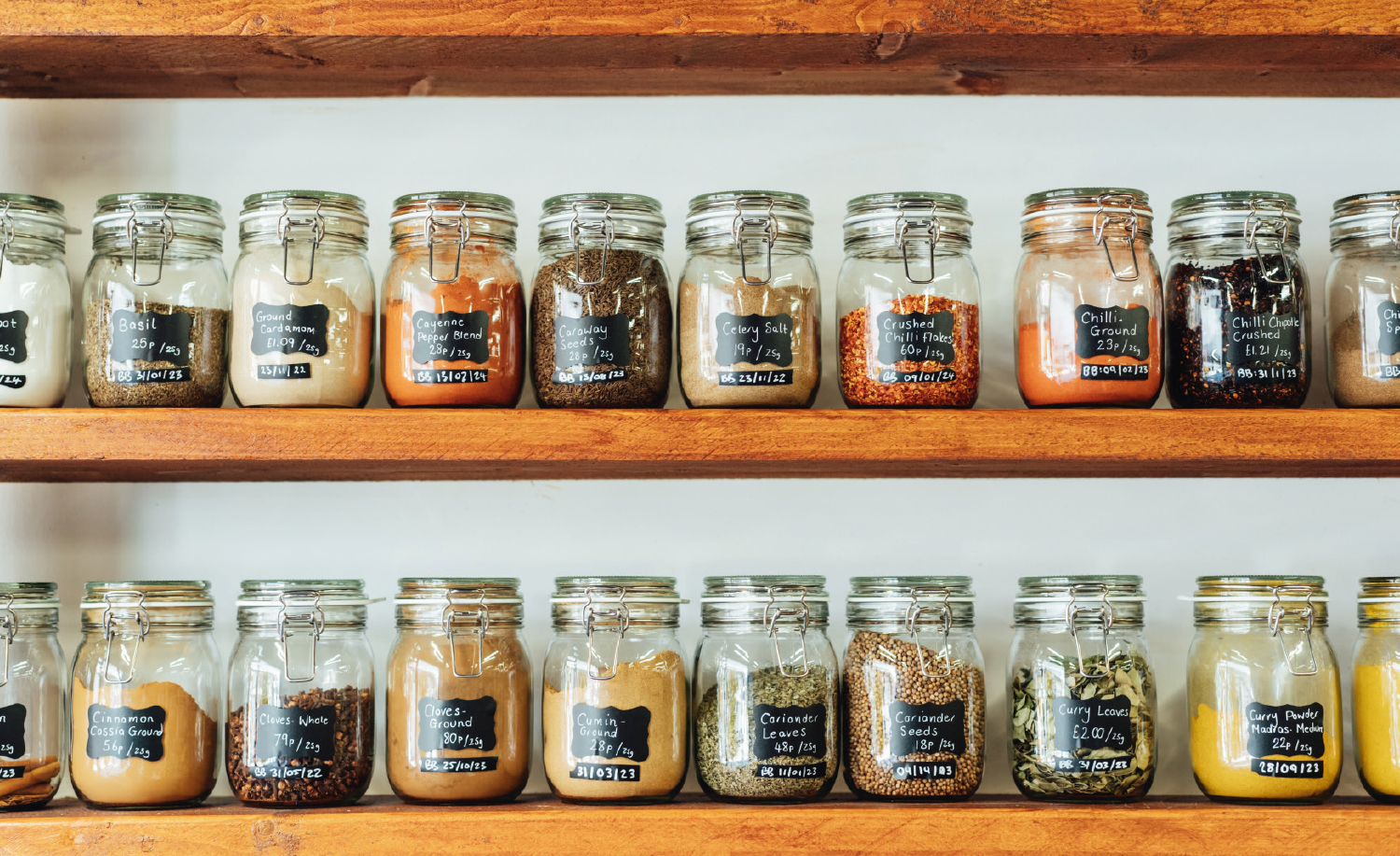
The key with spices is to keep them fresh. The aroma you get when you first open a package of spices is what they should always smell like, not like a fusty cupboard!
Indian cuisine is very regional. The key differences are a result of many factors, including the weather and what grows locally. Social differences can also play a part. For example, Gujarat is a dry, mainly vegetarian state, so the food in that area is very lentil and pulse-based. People there also have a massive sweet tooth.
North: dishes here are more hardy. There are more tomatoes and strong Mogul influences. More dairy is used and dishes are finished with yogurt or ghee (like Korma and Butter Chicken). The area is known for the tandoor oven.
East: a lot of rice is grown in this region, as are green vegetables. There is a strong influence of Chinese and Mongolian cuisine and popular spices include mustard, fennel and fenugreek.
South: as you go south, the climate and temperature changes. In Kerala and even heading over to Sri Lanka there are coconuts everywhere, meaning there are a lot more lighter dishes and spices.
West: in places like Goa there is a strong influence of the Portuguese settlers that came here. They brought ingredients like vinegar which led to dishes like pickles and chutneys.
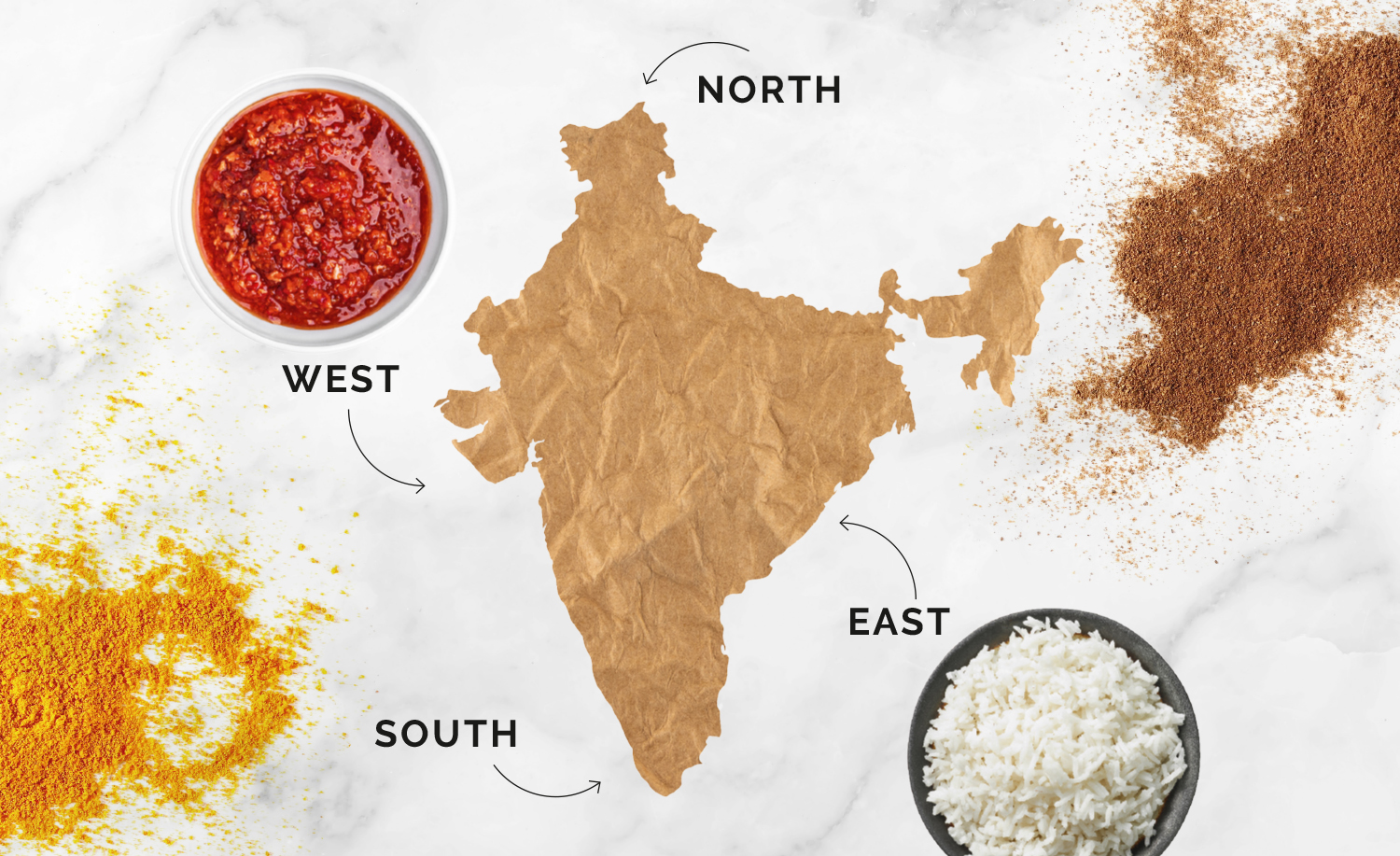
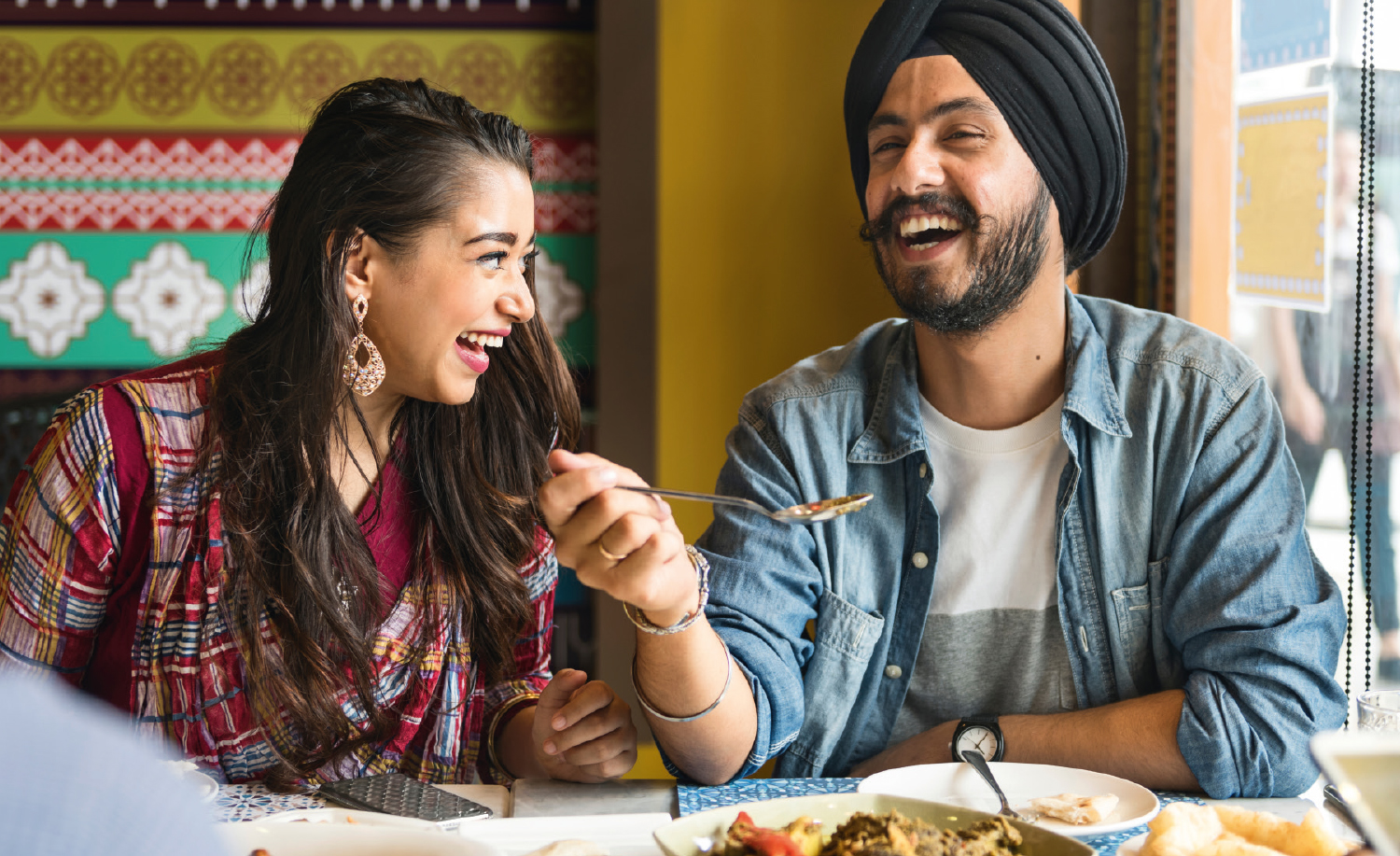
A lot of smaller venues are popping up and doing Indian cuisine differently. So, to make an impact with your dishes, it’s important to have a strong understanding of them. Get to know the regions, the ingredients used there and what has influenced the most popular dishes.
This gives a backbone to the dish and helps you sell it because you know it’s authentic. Long gone are the days of ‘chicken curry’. Customers want more than that. When you name dishes, pick out ingredients to create a point of difference and make them sound more exciting.
I hate it when coriander is thrown on everything. I love the fresh herb and use it a lot, but it doesn’t need to go on everything. When you start to understand the regionality you’ll understand not every dish needs it. There are other garnishes such as tempered spices, crispy mixes, colourful pickles and pomegranate seeds or other herbs. Don’t make everything look the same. Each item should be visually appealing and different.
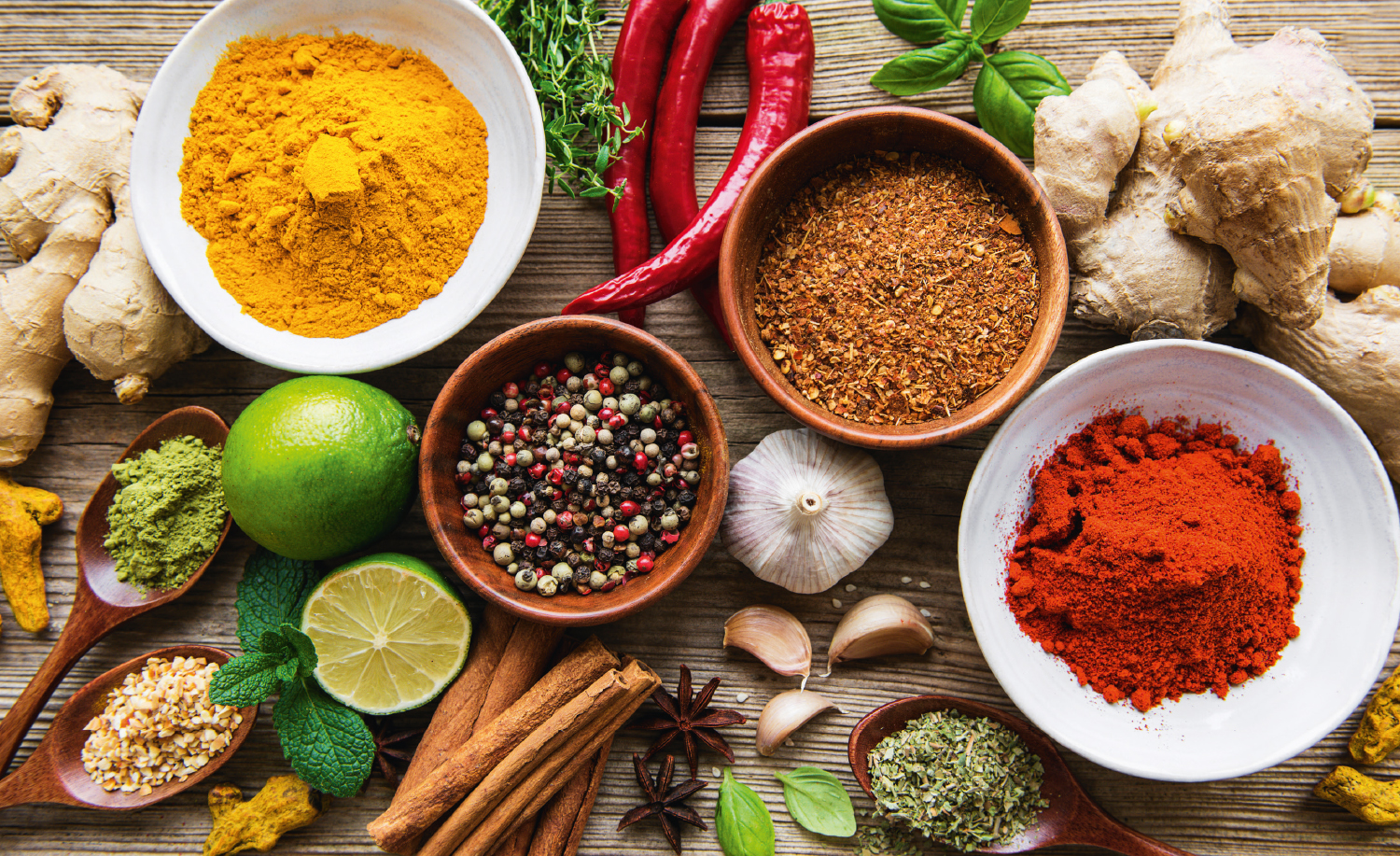

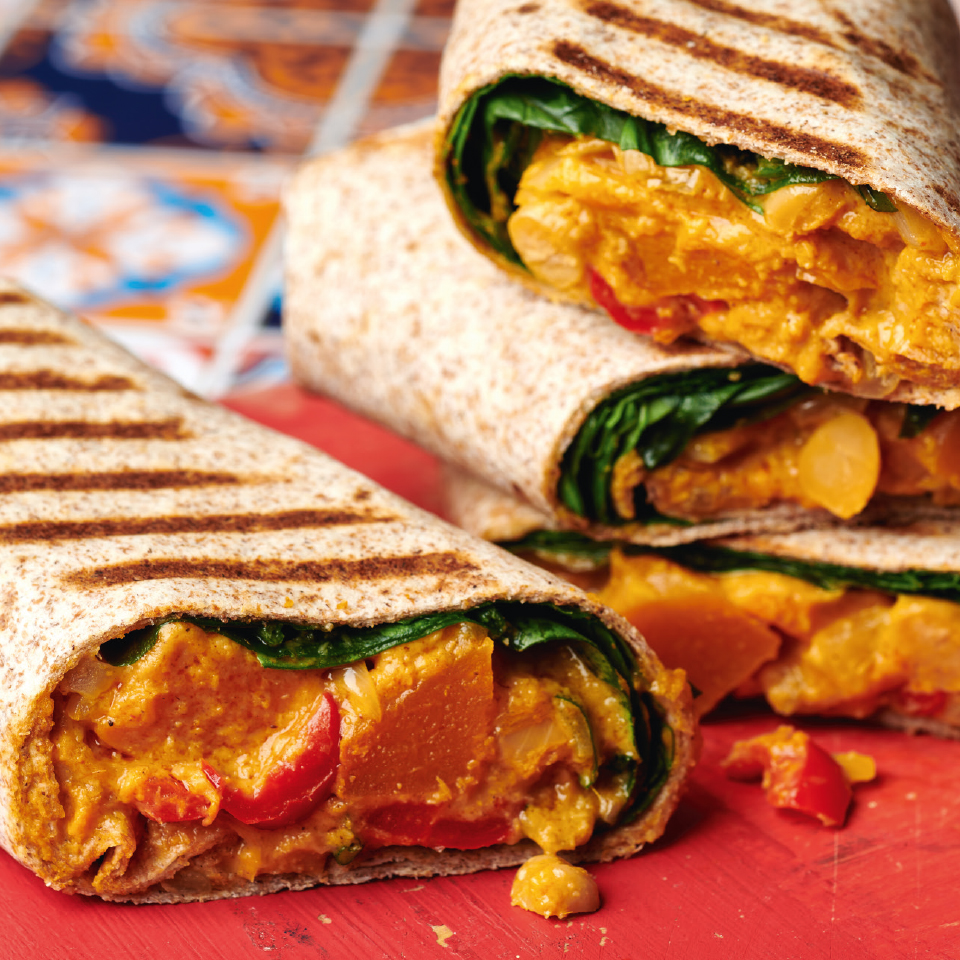
Sign in to save topics you love, and build your archive of events, menus and articles.